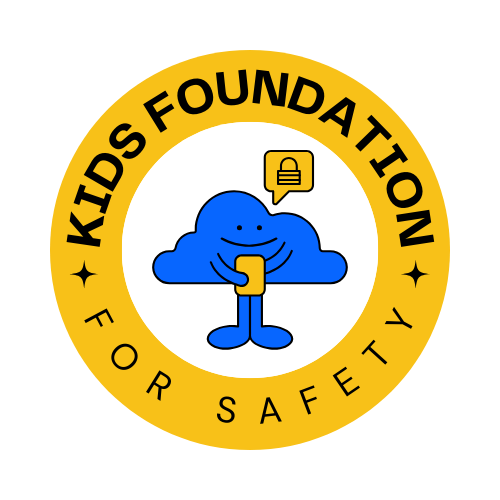Cyber & Physical Bullying
Cyber and physical bullying are both serious issues that can have long-lasting effects on children’s mental and physical well-being. The Kids Foundation recognizes the importance of addressing these risks and vulnerabilities and providing parents and guardians with the tools and resources to protect their children.
Cyberbullying is defined as the use of technology to harass, intimidate, or humiliate someone. It can take many forms, including sending threatening messages, spreading rumors or lies, and sharing embarrassing photos or videos. Cyberbullying can occur on social media platforms, messaging apps, and gaming websites, among others.
The anonymity and ease of communication provided by technology make it easier for bullies to target their victims and escape accountability. Children who experience cyberbullying may suffer from anxiety, depression, and other mental health issues
The lack of education on bullying and its effects.
Physical bullying inloves the use of physical force to intimidate or harm someone. It can take many forms. Acts such as hitting, pushing, and tripping fall under physical bullying. This type of bullying often occurs in schools, on the playgrounds, and during extracurricular activities. Children who experience physical bullying may suffer from physical injuries, anxiety, and depression.
Both cyber and physical bullying have similar areas of risk and vulnerability. The biggest risk among the two is the lack of adult supervision. In schools, teachers and staff may not always be present or aware of bullying incidents, leaving children vulnerable to repeated harassment. Not to mention, when they do become aware of the situation, the damage has already been done. Online, children may have access to technology and social media accounts without parental oversight, making it easier for bullies to target them without consequences. Situations of cyberbullying fly under the radar and sometimes are never brought up, leaving the child to deal with the turmoil alone and having the bully disappear without ever receiving punishment.
Children may never bring up their situations of bullying for fear of facing repercussions from adults for not speaking up earlier.



Children may not fully understand the harm caused by bullying and may not know how to report incidents or seek help. Parents and guardians must educate their children on the effects of bullying and how to identify it, as well as how to report incidents to teachers, counselors, or other trusted adults.
A major issue that can come from situations involving bullying is the lack of consequences for the bullies themselves. Most of the time, bullies will face little to no consequences for their actions, leading them to continue their behavior and escalate their harassment. Schools and parents must take bullying seriously and implement serious consequences for bullies, such as suspension or expulsion in schools or restricting access to technology at home.
The use of technology to facilitate bullying
Discover the power of knowledge to counteract the dark side of technology. In today’s digital landscape, cyberbullying casts a shadow that can leave victims at a significant disadvantage. The anonymity behind cyberbullying makes it challenging to pinpoint and confront the source of harm. Adding to the complexity, bullies often employ fake accounts or manipulate media to amplify their impact on their targets.
Empower yourself as a parent or guardian by equipping your child with the online safety skills they need. Our online children’s privacy quiz is the beacon that lights the path toward safer digital experiences. By investing in this quiz, you’re not just protecting your child from cyberbullying’s grasp – you’re arming them with the knowledge to recognize, prevent, and report such incidents.
Gain control over your child’s online environment. Equip yourself with the tools to monitor their activity, establish parental controls, and educate them about the realm of safe internet practices. And remember, they are not alone in this journey. Our quiz encourages children to break the silence and find their voice against cyberbullying.
Empower your child with our quiz today – a decision that fosters resilience, protection, and a brighter digital future
The Kids Foundation recommendations to protect children from cyber and physical bullying:
- Educate your child on the effects of bullying and how to identify it.
- Encourage your child to report bullying incidents to a trusted adult, such as a teacher or counselor.
- Monitor your child’s online activity and set parental controls to restrict access to certain websites or apps.
- Talk to your child’s school about implementing anti-bullying policies and consequences for bullies.
- Teach your child to be a good digital citizen and to treat others with kindness and respect.
If your child is experiencing bullying, seek support from a mental health professional or community organization.
